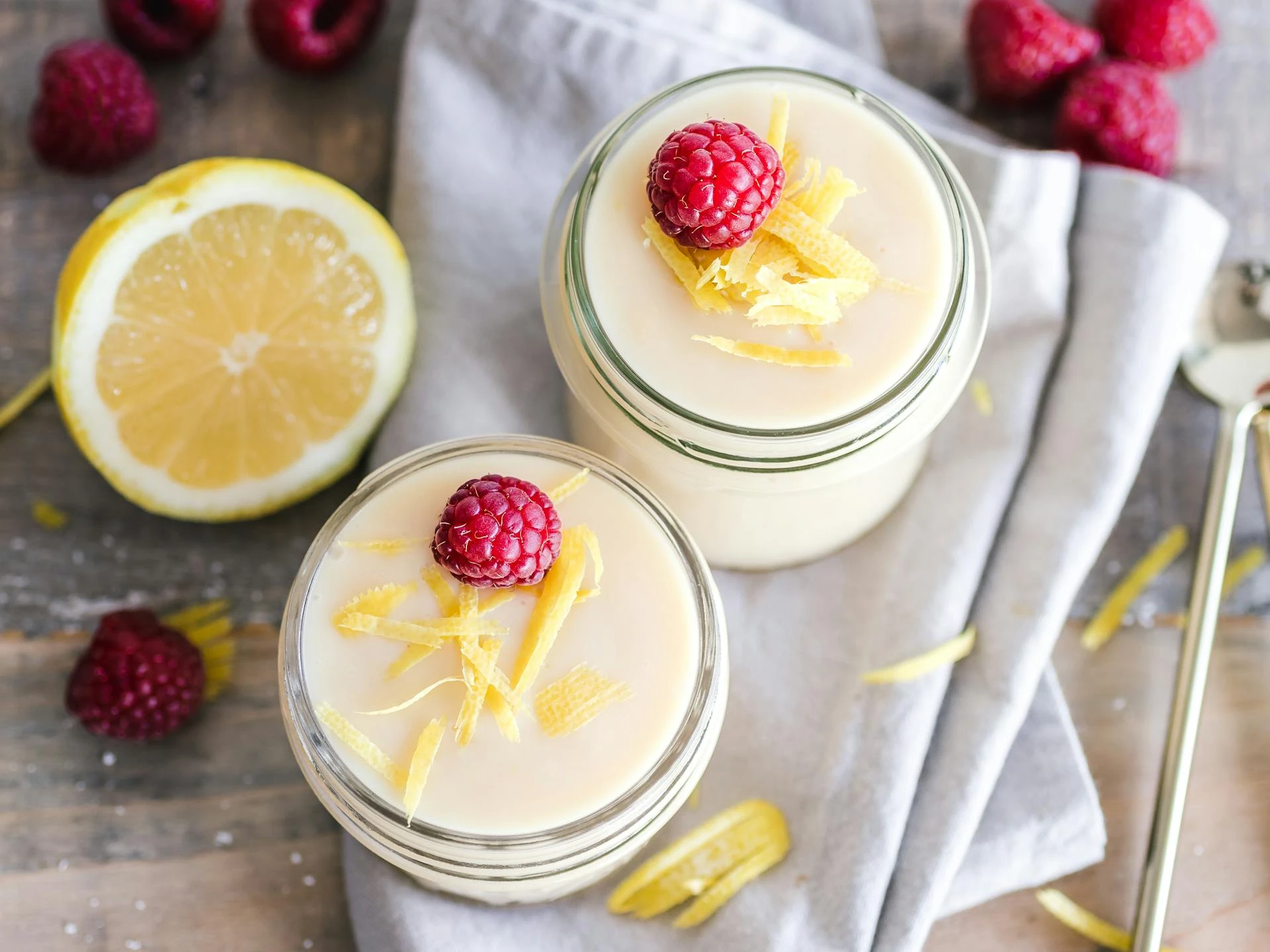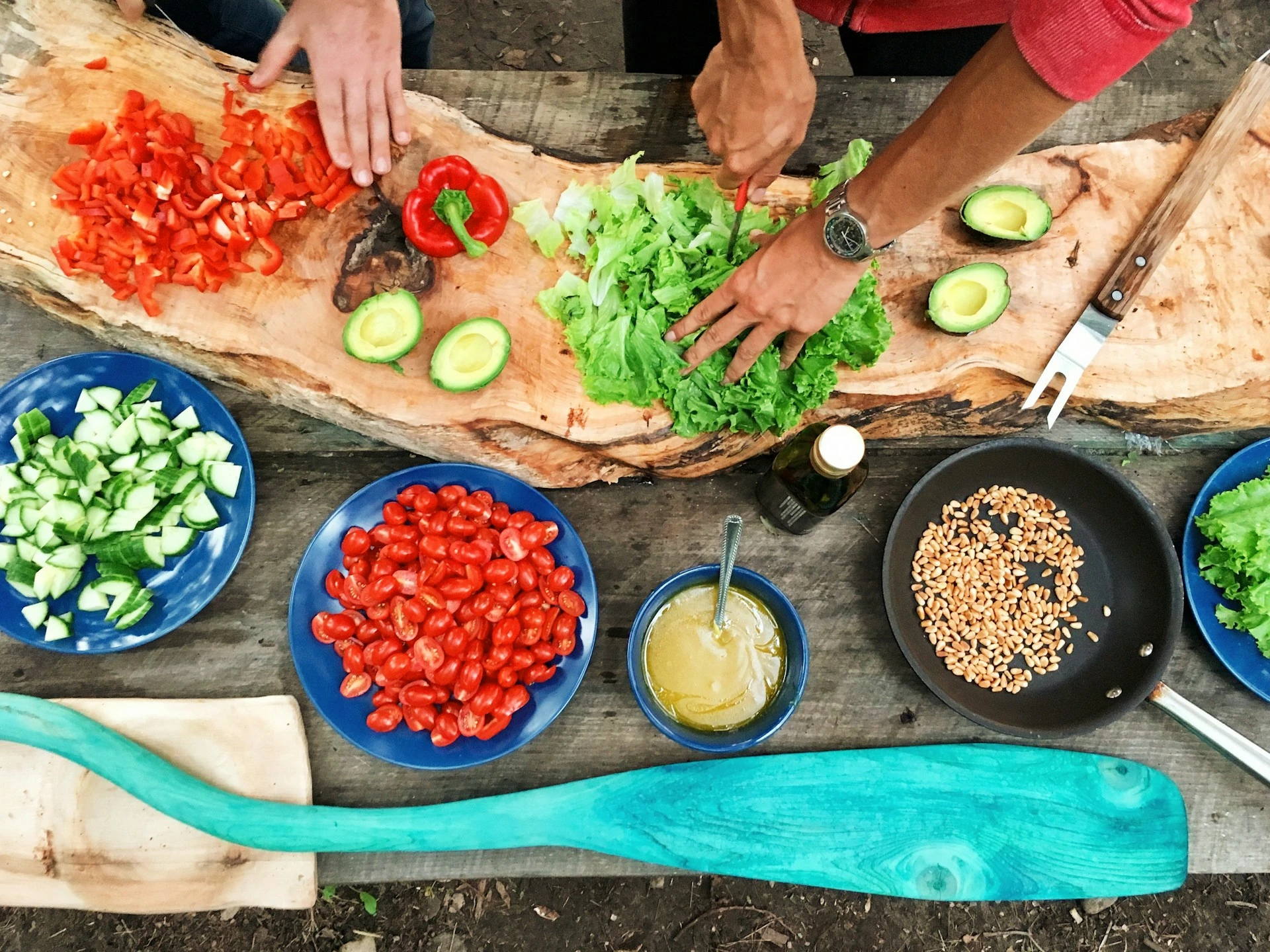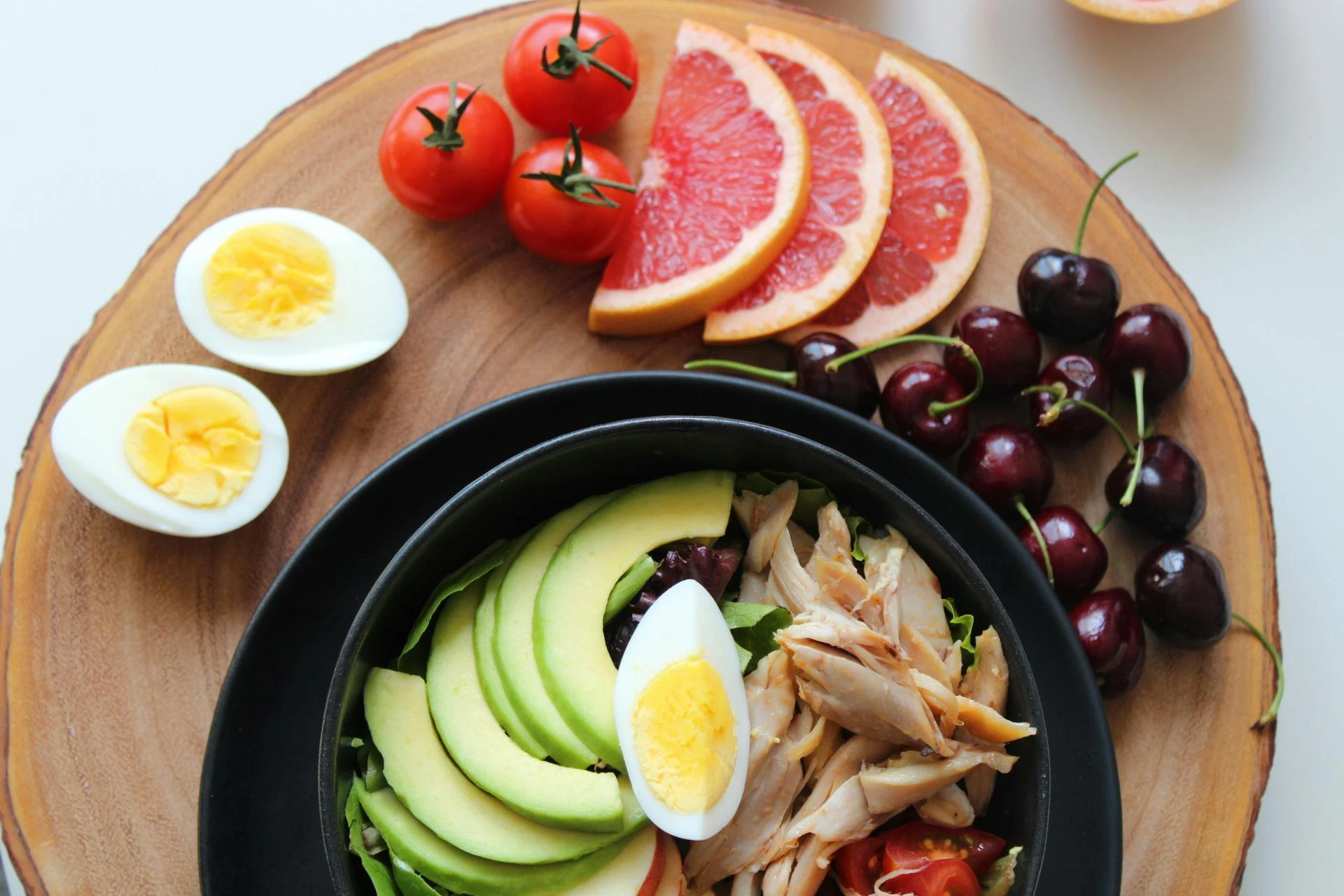Table of Contents
Planning meals in advance is one of the most powerful ways to take control of diabetes—without adding stress to your daily life.
When meals are prepped and ready, you’re less likely to reach for unhealthy snacks, skip meals, or eat foods that spike your blood sugar.
Meal prep doesn’t have to be overwhelming. You don’t need to spend your whole Sunday in the kitchen or cook the same bland dish for every meal. With a bit of strategy, you can create a flexible, balanced, and blood sugar–friendly plan for the week ahead.
In this article, we’ll walk through simple, practical tips for meal prepping with diabetes in mind. Whether you’re a beginner or just looking to save time, these ideas can help support better glucose control, weight management, and overall energy.
Why Meal Prep Works for Diabetes Management
Meal prepping helps:
- Avoid last-minute food decisions that may lead to blood sugar spikes
- Keep portions consistent and balanced
- Reduce carb overload by planning meals with the right ingredients
- Ensure you’re eating enough fiber, protein, and healthy fats
- Save time and money during the week
- Reduce stress about what to eat
It also helps you notice patterns: which meals keep your glucose stable and which lead to swings. That awareness is key to long-term control.
Step 1: Start With a Simple Weekly Plan
Begin by choosing 3 to 4 recipes you can rotate through the week. Aim to prep:
- 2–3 proteins
- 2–3 vegetables
- 1–2 whole grain or legume-based sides
- 1 breakfast option
- 1–2 snacks
You don’t have to prep entire meals in advance. Prepping ingredients is often more flexible and less time-consuming.
Example:
- Grilled chicken, boiled eggs, and tofu cubes
- Roasted broccoli, sautéed spinach, and mixed peppers
- Cooked quinoa and black beans
- Overnight oats and veggie omelet cups
- Snack bags with almonds, carrot sticks, or cottage cheese
Step 2: Build Blood Sugar–Friendly Meals
Follow the diabetes plate method to guide your prep:
- ½ plate non-starchy vegetables
Examples: broccoli, green beans, leafy greens, zucchini, bell peppers - ¼ plate lean protein
Examples: chicken, turkey, tofu, eggs, fish, tempeh, low-fat cheese - ¼ plate high-fiber carbs
Examples: lentils, beans, brown rice, quinoa, sweet potatoes
Add a healthy fat to increase satiety and stabilize digestion:
- Olive oil, avocado, nuts, seeds, tahini, hummus
Avoid meals with high refined carbs (white rice, pasta, white bread) and sugary sauces.
Step 3: Shop With a Plan
Make a grocery list based on your weekly meal plan. This reduces impulse buys and ensures you have everything you need for balanced meals.
Include:
- Lean proteins: chicken, eggs, canned tuna, tofu
- Fresh and frozen vegetables
- Whole grains and legumes
- Healthy fats: olive oil, seeds, natural peanut butter
- Low-sugar dairy: plain Greek yogurt, cottage cheese
- Low-glycemic fruits: berries, apples, citrus
Buy in bulk when possible, and use clear containers to store chopped produce or cooked grains for quick assembly.
Step 4: Choose the Right Containers
Storage matters when it comes to convenience. Invest in containers that are:
- Microwave-safe
- Freezer-friendly
- Divided or portion-controlled
- Transparent or labeled
Store meals by type (e.g., lunches in one section, snacks in another) so it’s easy to grab and go during the week.
Step 5: Prep for Flexibility
Eating the same meal every day can get boring. Instead of prepping seven full dinners, prep ingredients that can be mixed and matched:
Example:
- Grilled chicken → use in wraps, salads, or bowls
- Cooked brown rice → pair with beans, stir-fry, or curry
- Roasted vegetables → add to pasta, grain bowls, or omelets
This approach gives you more variety while still saving time.
Step 6: Don’t Forget Breakfast
Skipping breakfast can lead to unstable blood sugar later in the day. Prep easy options that combine protein, fat, and fiber.
Ideas:
- Hard-boiled eggs and a slice of whole grain toast
- Overnight oats with chia seeds and berries
- Greek yogurt with walnuts and cinnamon
- Veggie egg muffins baked in a muffin tin
- Smoothies with greens, protein powder, almond milk, and flaxseed
Avoid sugary cereals or pastries, which cause fast glucose spikes.
Step 7: Prepare Smart Snacks
Smart snacks can prevent blood sugar dips and support energy between meals.
Easy prep ideas:
- Hummus with cucumber or bell pepper strips
- Handful of almonds and a boiled egg
- Apple slices with peanut butter
- Cottage cheese with a few berries
- Chia pudding made with unsweetened almond milk
Keep these snacks in small containers or bags for easy access throughout the week.
Step 8: Make Room for Freezer Meals
Batch-cook and freeze some meals for those days when you don’t have time or energy to cook.
Good freezer-friendly meals include:
- Turkey and veggie chili
- Lentil stew
- Chicken and broccoli stir-fry
- Black bean soup
- Baked eggplant with tomato sauce
Label containers with name and date, and store in single portions.
Step 9: Track What Works
Use a food log or diabetes tracking app to monitor how your meals affect your blood sugar. This helps you refine your meal prep week by week.
Record:
- What you ate
- Time of meal
- Pre- and post-meal blood sugar (if testing)
- How you felt afterward
This feedback helps you create a system that’s personal and sustainable.
Step 10: Keep It Simple
The most effective meal prep routine is the one you’ll actually stick to. Don’t try to prep seven days of elaborate meals right away.
Start with:
- 1–2 proteins
- 1–2 vegetables
- 1 grain or bean
- 1 healthy snack
- 1 breakfast option
Gradually build your system as you learn what works best for your body and schedule.
Scientific References
- American Diabetes Association. (2022). Meal Planning and Healthy Eating
- Mayo Clinic. (2023). Meal Prep Tips for Managing Diabetes
- Harvard T.H. Chan School of Public Health. (n.d.). How to Build a Healthy Meal






